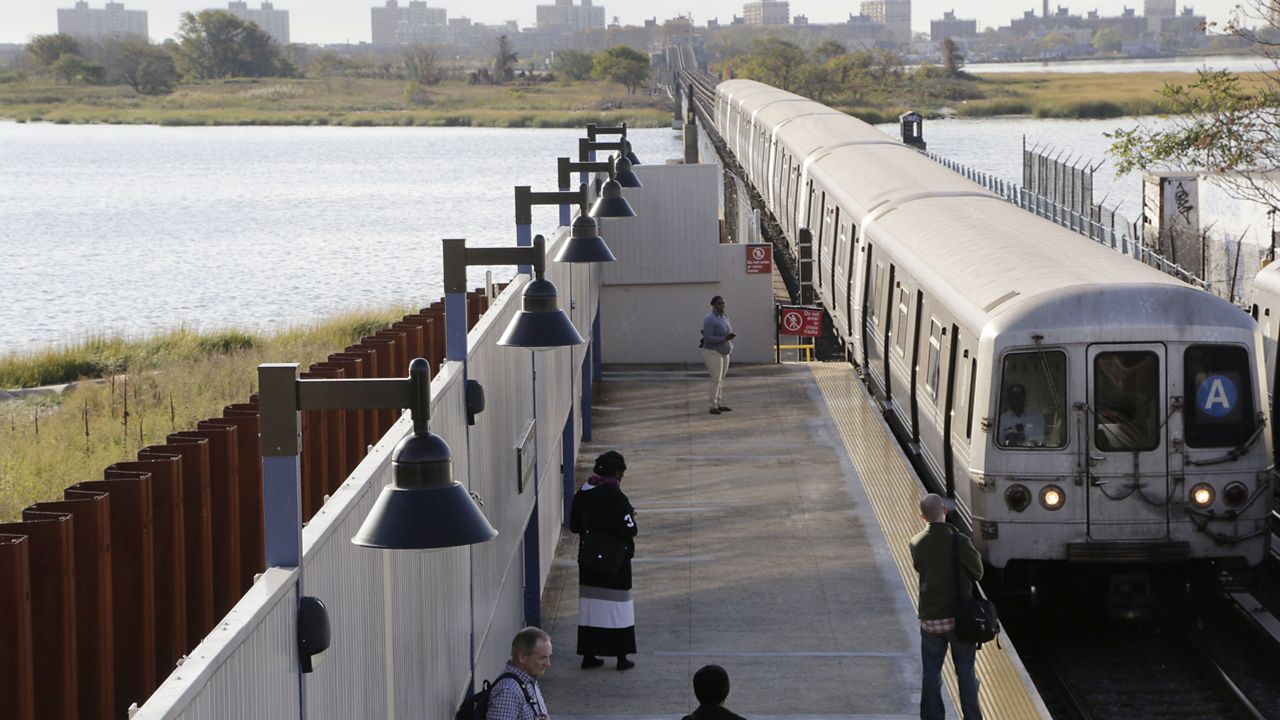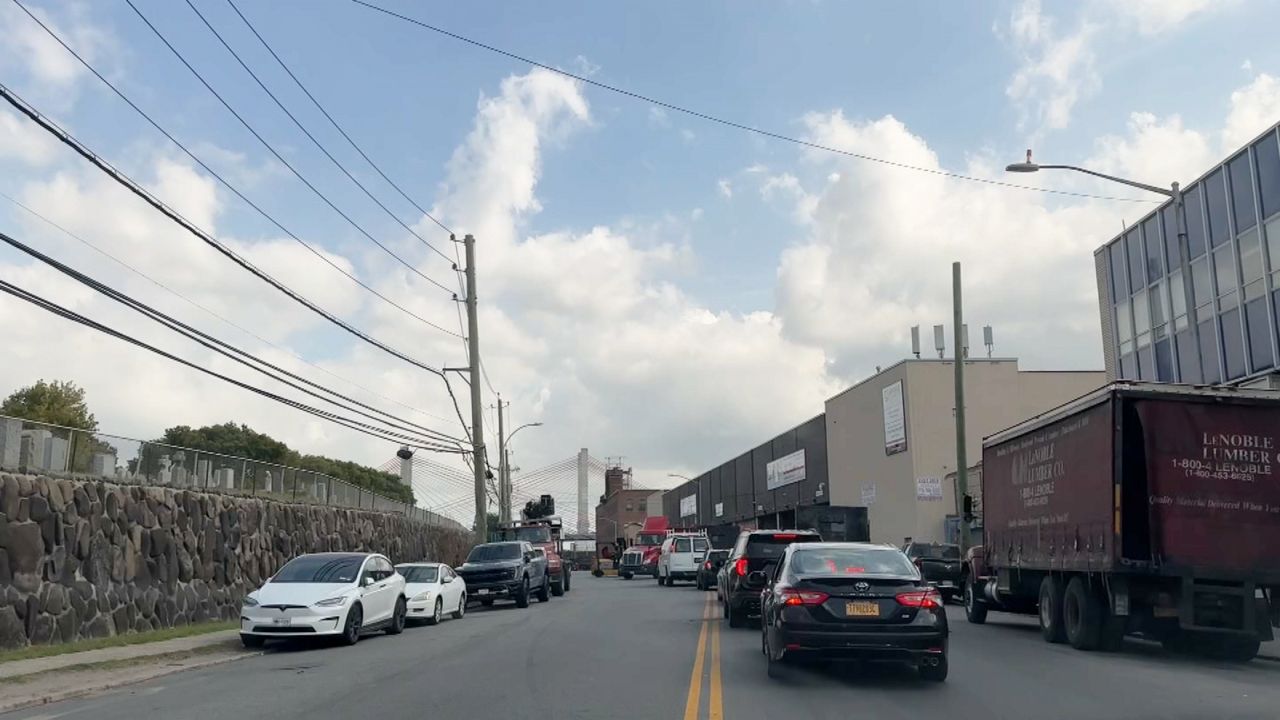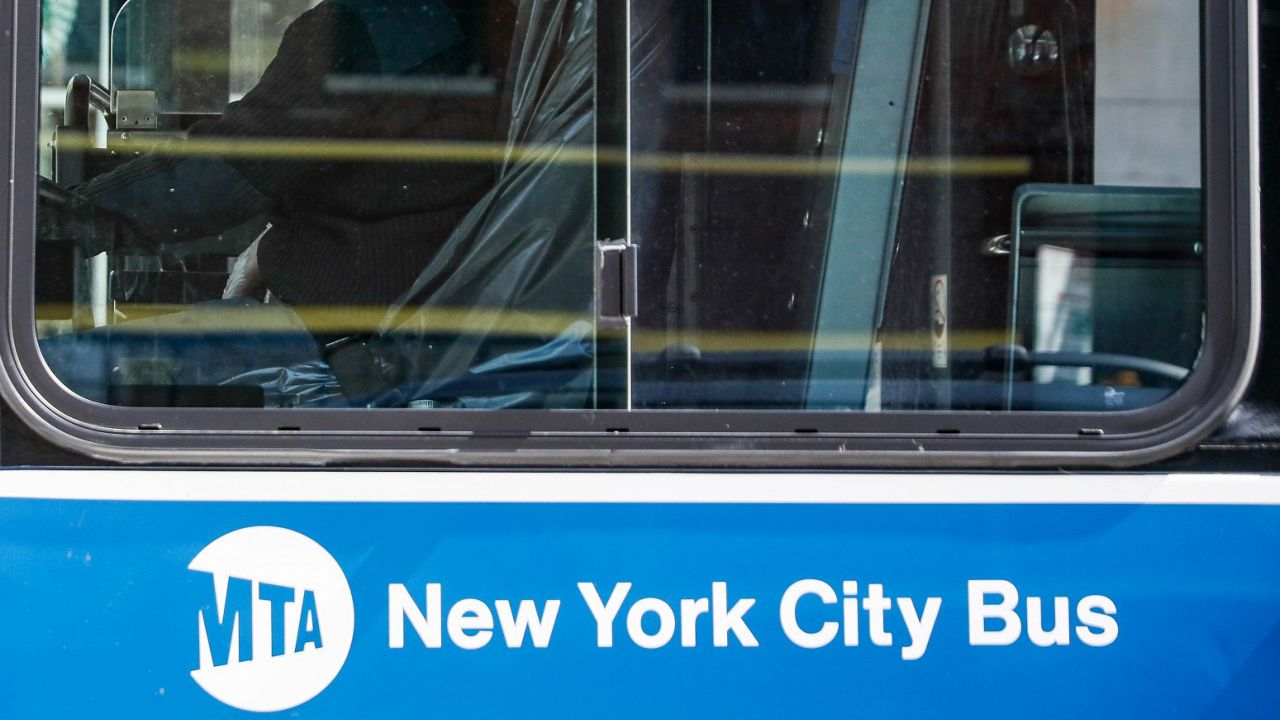The city is taking a large step towards its goal of becoming more environmentally friendly.
A rule change to the city’s cap on the number of for-hire or ride-share vehicles in the streets is part of its goal of becoming the first U.S. city to commit to making its ride-share fleet entirely zero emission or wheelchair accessible.
What You Need To Know
- A rule change to the city’s cap on the number of for-hire or ride-share vehicles in the streets is part of its goal of becoming the first U.S. city to commit to making its ride-share fleet entirely zero emission or wheelchair accessible
- Effective Thursday, the city lifted its limit on ride-share vehicles if they’re wheelchair accessible, electric or zero emission
- The city is releasing new TLC licenses for electric vehicles
Effective Thursday, the city lifted its limit on ride-share vehicles if they’re wheelchair accessible, electric or zero emission.
The city is releasing new Taxi & Limousine Commission licenses for electric vehicles, also known as EV.
This means anyone can apply to be a ride-share driver.
That’s good news for for-hire drivers like Ajay Kumar, who tried and failed to drive an EV as their ride-share vehicle.
“I open my laptop. I apply for the plates, but the website is not working,” Kumar said. “I’m too late.”
TLC unanimously adopted the “Green Rides” program Wednesday, requiring Uber and Lyft to dispatch a certain percentage of trips to zero emission or wheelchair accessible vehicles starting next year — increasing the percentage to 100% by 2030.
“I like the electric vehicle,” Kumar said. “You save gas, you save money.”
Supporters of the rule change say it will help ride-share drivers save on operating costs and eliminate an estimated 600,000 metric tons of carbon emissions from our air.
TLC Commissioner David Do joined “Mornings On 1” Thursday and addressed the current lack of EV charging stations needed to support the plan.
“This is going to help spur the development of more changing infrastructure,” Do said. “But that’s not it. The federal government has various grants, including the NEVI (National Electric Vehicle Infrastructure) grant formula that will help build electric infrastructure all across our transportation corridors.”
The cap on for hire vehicles was instituted under former Mayor Bill de Blasio in order to ease congestion created by the surge of e-hire vehicles.
Do said the pandemic reduced the number of four hire vehicles by 25,000, eliminating that concern.
Still, some for-hire vehicle drivers said they see the move as an added burden in an already burdensome economy.
“We are not making that money to afford another vehicle, an electric vehicle. It’s going to cost a lot,” said Mike Heralall, ride-share driver. “At this moment, no, business is very slow and we just scrape to get by.”
The New York Taxi Workers Alliance is also opposed to the move, saying that lifting the cap on ride share vehicles will drive down business for drivers while transitioning to entirely zero emission vehicles within six years is not something many drivers can afford.
“We’re not opposed to the EV direction,” said Bhairavi Desai, executive director of the New York Taxi Workers Alliance. “We’re opposed to the way that the TLC is doing this transition, which puts the entire burden on the backs of the drivers to spend money that they don’t have to buy cars, at car where there’s not enough infrastructure to keep it charged.”
Those sentiments are similar to the concerns the yellow cab medallion owners had over the proliferation of e-hail vehicles, which are currently more than 99,000 in the city, according to a recent TLC report.
The value of those medallions dropped significantly, leaving many owners broke.
Prior to the rollout of the city’s so-called “Green Rides” initiative, Lyft had been offering incentives to drivers if they have electric vehicles.
Uber had previously committed to eliminating gas-powered vehicles from its fleet by 2030.
As part of that commitment, the company introduced its "Comfort Electric" program that allows drivers to request zero emission vehicles.




%20Pkg%20Green%20Rides%20CG?wid=320&hei=180&$wide-bg$)



_DNT_JFK_REDEVELOPMENT_130959390_7386)
